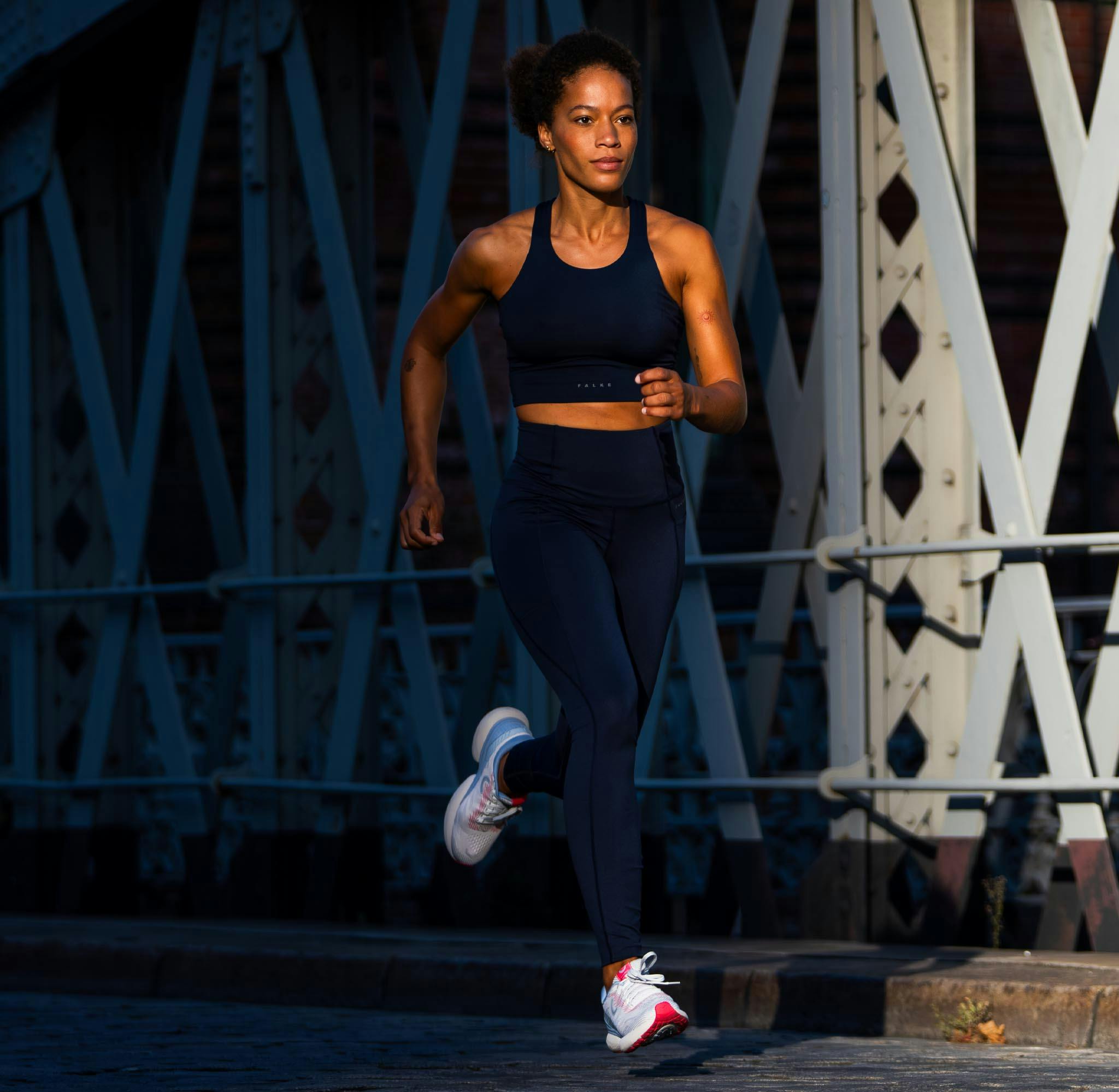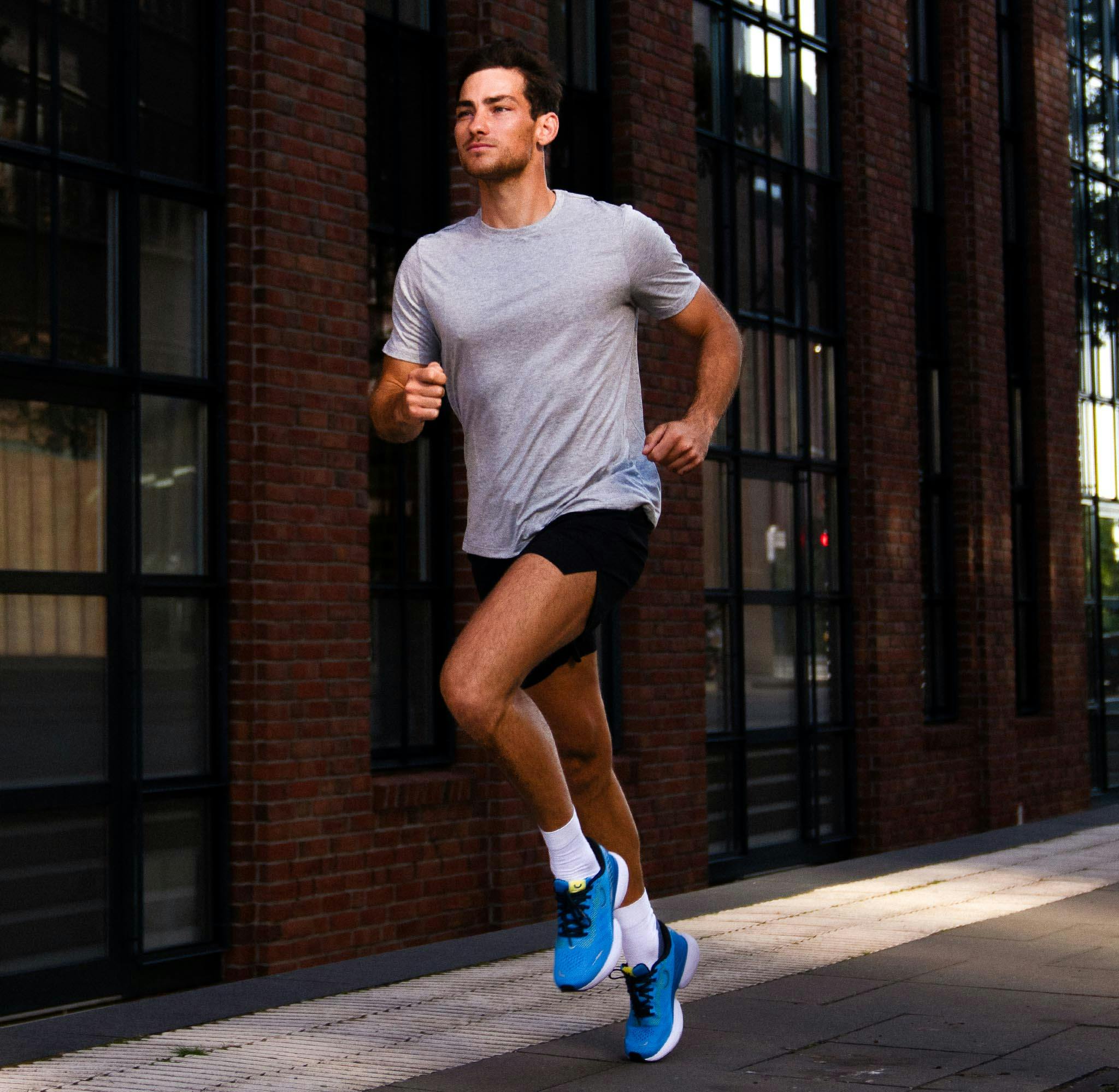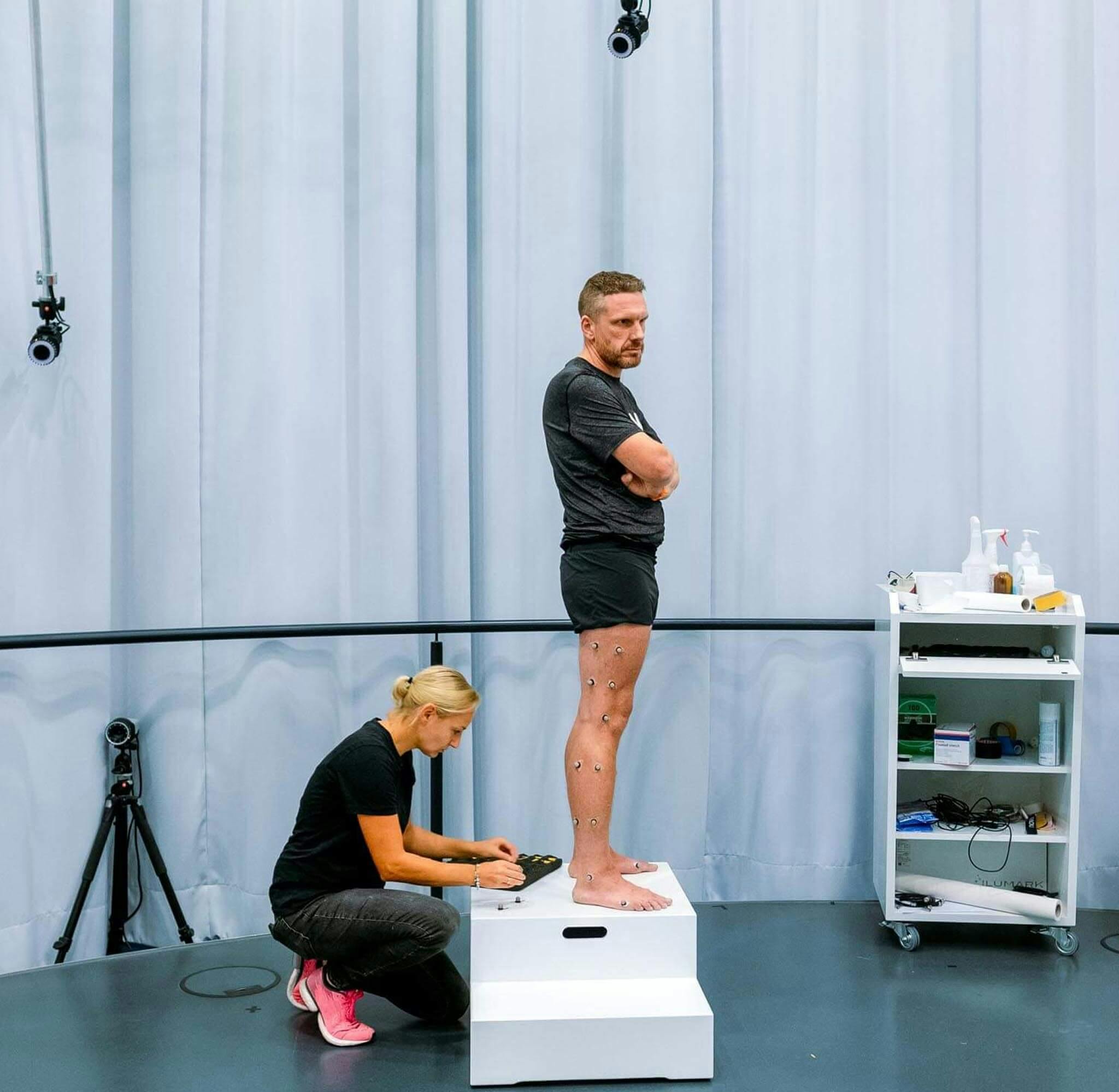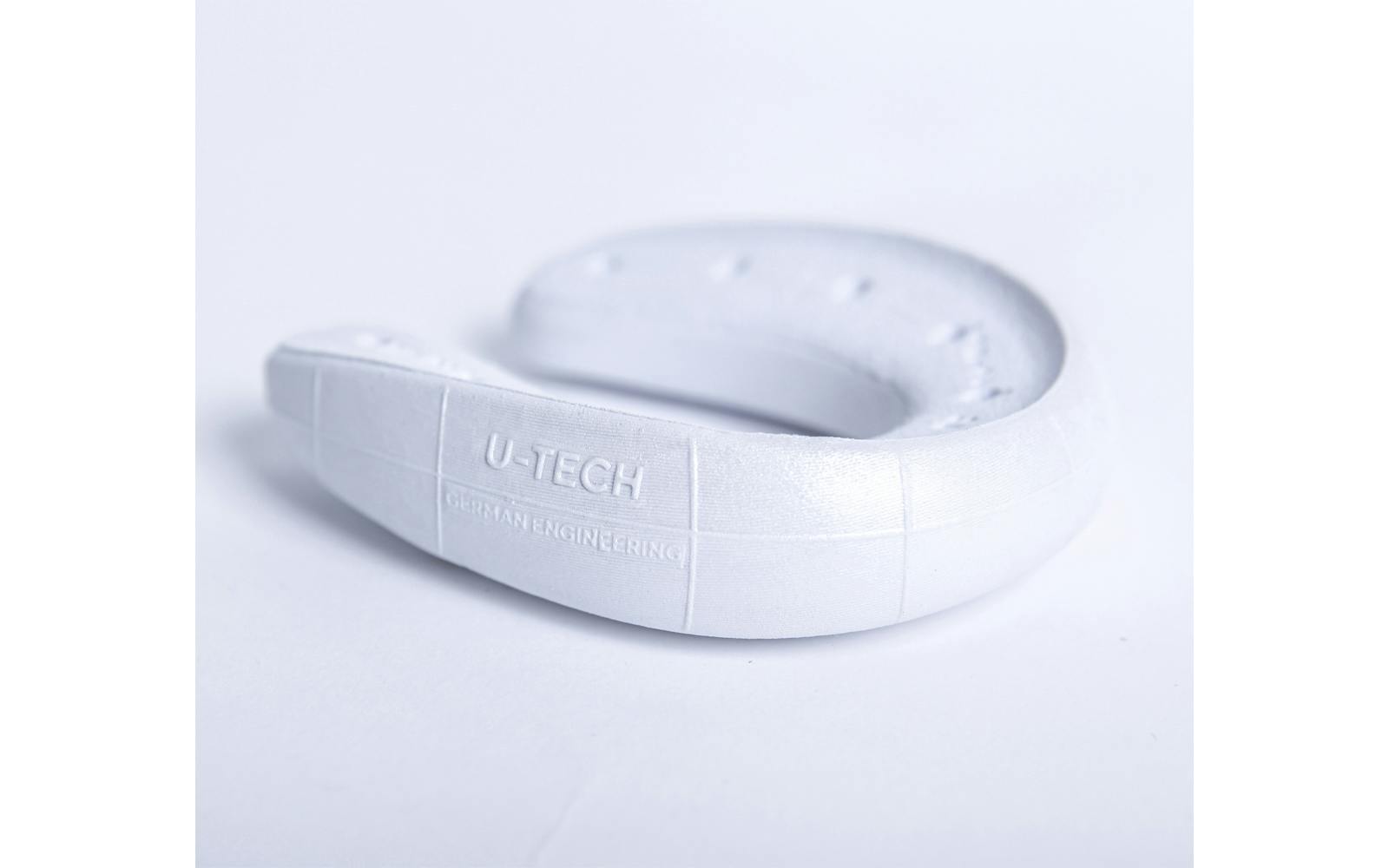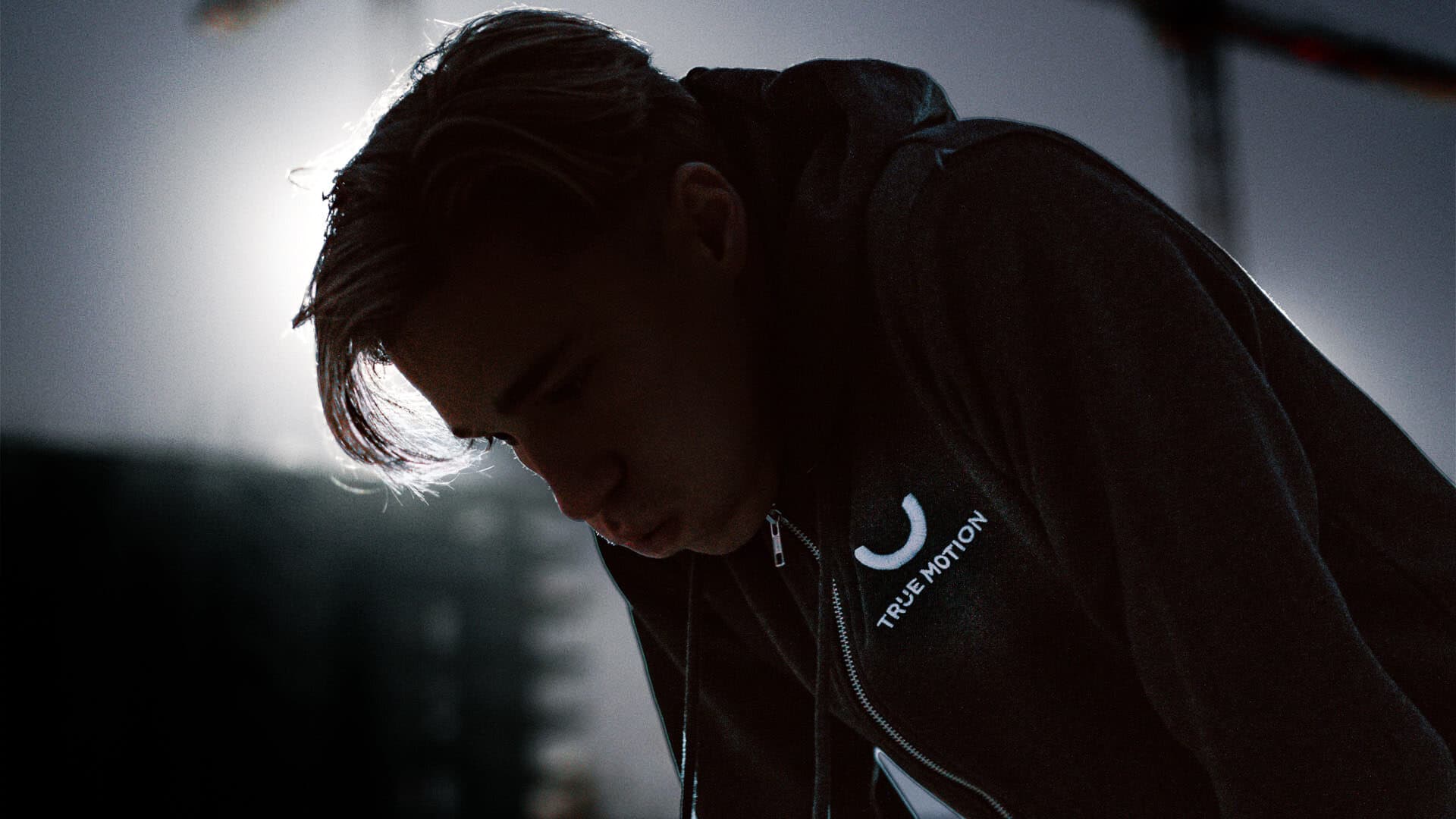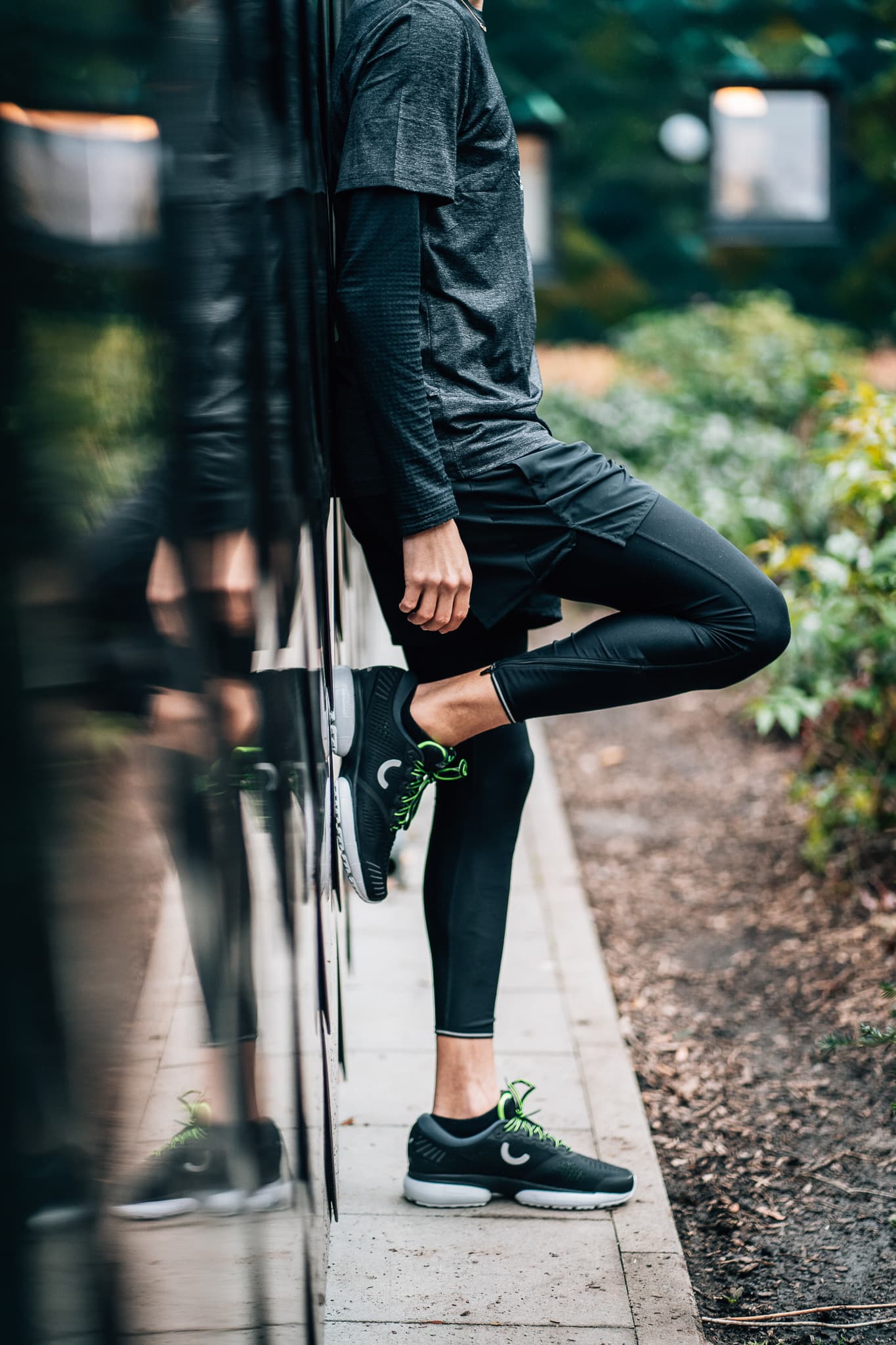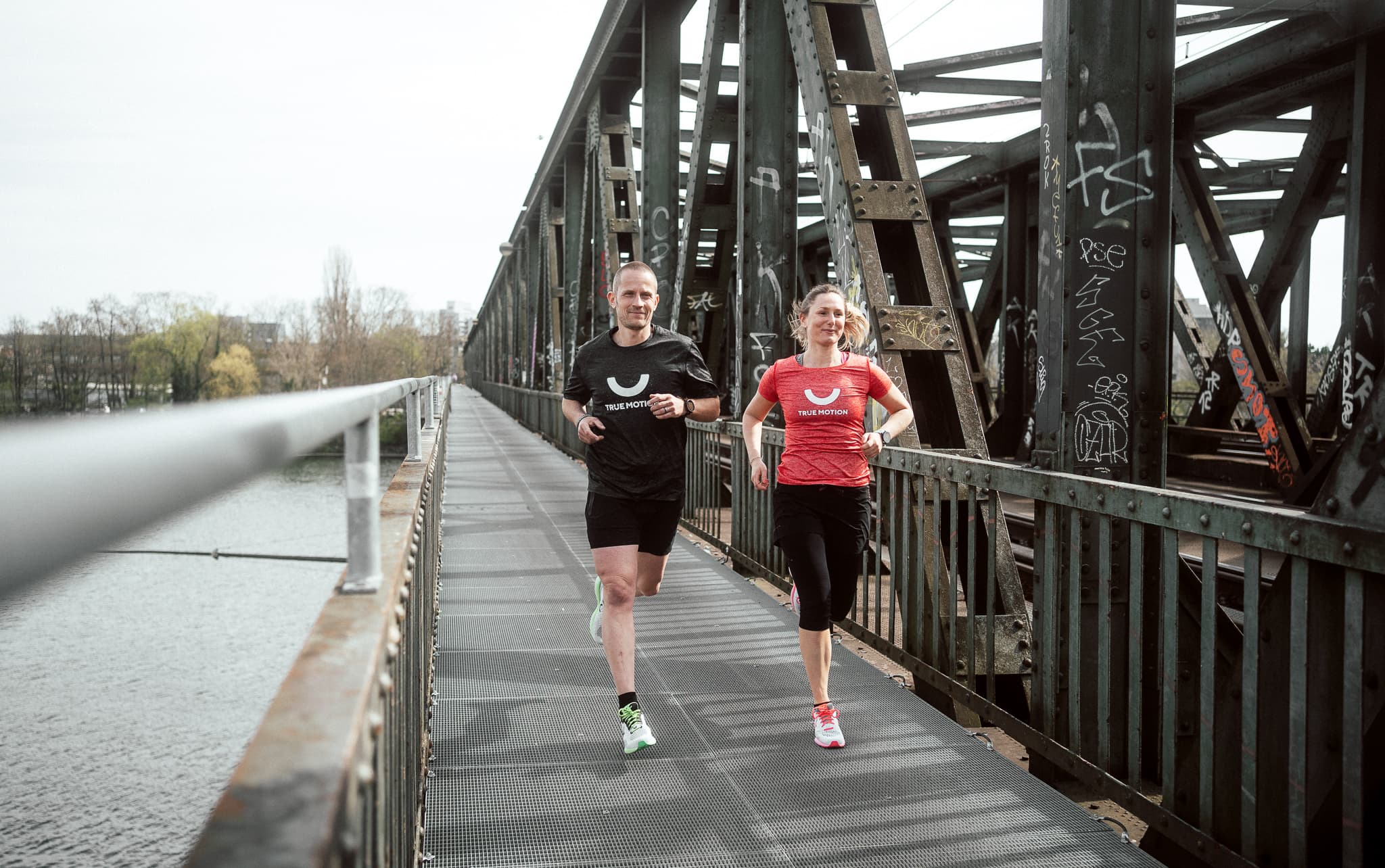
Start Running the Right Way – Tips for Beginners
15th October 2021
Every year the groundhog greets us, or rather – the annual resolution. Who doesn’t know that – especially at New Year’s or the beginning of spring – we simply want to change something in our lives. Many of us resolve to finally really start running. While our motivation practically carries through the first running units, it then wanes more and more from day to day. To prevent this from happening in the future, to start running the right way and to not fall for any myths, here are some tips on how to get started.
Content:
Running toward health – why running is so popular
Running – at the beginning often a question of motivation
How to prepare properly for our run
Tips for beginners – start slowly, increase slowly
A training plan for beginning runners
Once you start running, you quickly talk about it being the most beautiful sport in the world. No wonder, after all, we can run almost anywhere; in the neighborhood, in the forest, at the lake – and even in the mountains. This makes running one of the sports that promise an easy start – without being all by ourselves. Because we see runners along our route every few minutes, almost at any time of day or night.
It doesn’t take much to start running – the right running shoes, a suitable running route, motivation to get started – and in some cases running partners.
DISCOVER RUNNING SHOES
FROM TRUE MOTION
But what sounds so simple often makes both beginning runners and running enthusiasts despair. Because wrong ideas, expectations and goals, the wrong equipment or the wrong preparation can diminish our motivation so much that our running shoes will gather dust in a corner. To prevent this from happening, we should start our first running training with slow steps.
Running toward health – why running is so popular
There are more than 20 million runners in Germany. Many of them run several times a week, some of them dozens of kilometers at a time. Yes, running still is one of our favorite activities. And for good reason, since running can not only help us lose a few kilograms, but also keeps us fit in the long term. That’s another reason why running is always referred to as a “fountain of health.” When we run, we stimulate the blood circulation in our bodies and increase the supply of oxygen to our brains. Our lungs increase in volume and our immune system becomes stronger.
Above all, however, we like to run because we can simply unwind when we run. What sounds like a game for our mind at first glance has actually been scientifically proven. The fact is that when we run, we reduce stress hormones and strengthen our cardiovascular system at the same time.
In addition, running strengthens our muscles and thus stimulates the fat-burning apparatus. It is true that fat burning in our body only starts after about 20 minutes of exercise. But if you integrate running firmly into your training schedule, you can lose weight healthily in the long term.
Thus running improves our health. The myth that runners literally burn out their joints in the long run is not true. Although running-related injuries have remained at the same level over the past 30 years, this is mainly due to training mistakes or the wrong running shoes. And not to running training in general.
Running – at the beginning often a question of motivation
For some of us, these are already striking arguments to jump up from the sofa and start running immediately. The lucky ones – they are already sufficiently motivated.
In fact, however, it is precisely the lack of motivation that is the number one obstacle for the majority of us to slip on our running shoes and start training. The question is how we finally manage to motivate ourselves well. In the end, the answer is often quite simple, we need the right running partners. But first things first.
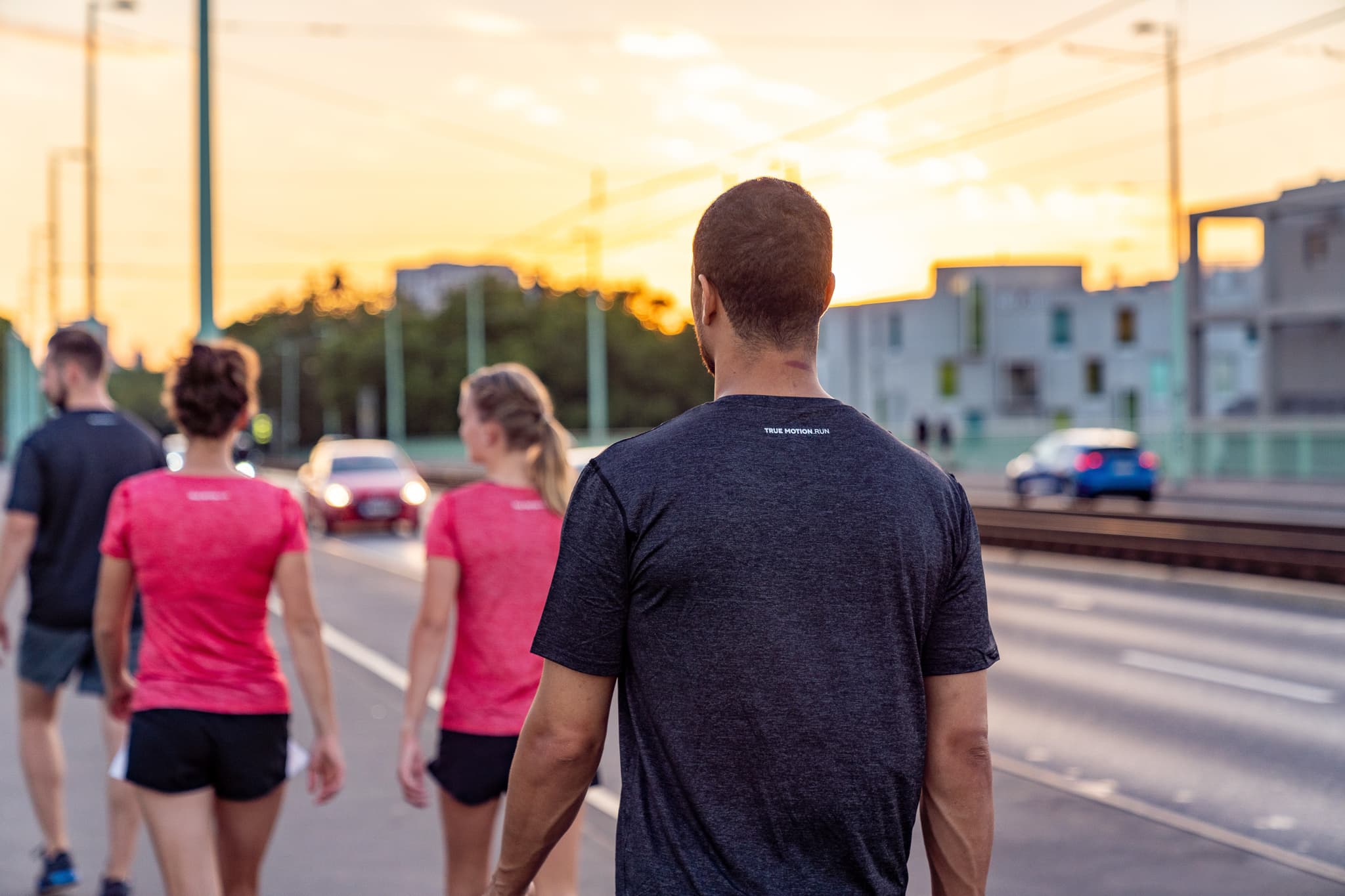
Running partners as perfect motivators
When we run in groups, we motivate each other. That’s probably why the most common motivational tip is to find suitable running partners. After all, once we’ve arranged to go running, we can’t just walk out on our mental support.
It’s important to find a running partner who has goals similar to our own. Our running pace and the distances we are aiming for should also be comparable. If this is the case, even experienced runners can easily become part of our group. The advantage is that we can benefit from experienced athletes in particular – from their knowledge, their running plans, and the experiences they themselves made as beginners.
How to prepare properly for our run
If we have arranged to meet our running partners, they will probably all tell us the same thing: always slow down. After all, if you’ve just started running, you have to prepare your body for the unfamiliar stresses step by step. Getting off to a rocket start is a bad plan.
Unlike trained runners, neither our cardiovascular system nor our joints or muscles are prepared for an intense, fast run at the beginning. If you don’t pay attention to your body, you risk having to pause again after just a few minutes. This is precisely what robs us of our motivation. We run at the pace that is right for us personally when we can still talk when we run.
Why we should set goals when running
But how do we prepare properly for our run? That depends on our goals – and is influenced by whether we stretch to warm up, have the right running gear and a proper running technique.
To give our running sessions meaning, we should mentally prepare for running. For many, it helps to think about why they want to go running. For example, we can ask ourselves if we want to
reduce stress,
keep physically fit or lose weight,
are social runners and would like to join a running group,
or want to train for a marathon.
In order not to lose sight of our goals, it is important to pursue them continuously. However, we should set ourselves intermediate stages, which we increase bit by bit in training.
Why a healthy posture is important to run properly
Science has shown that running-related injuries are mainly caused by incorrect training or the wrong running shoes. Not only those who overestimate themselves and stress their muscles and joints by exercising too intensively are training incorrectly. Unhealthy posture also leads to incorrect training.
So, if you want to run properly, you also need to have the right posture. The following rules of thumb apply when running:
Our head should be at a vertical height above the midfoot.
The sternum should be in line with the chest.
We should not lengthen our abdominal muscles.
Our lower back should be slightly arched.
Our buttocks should be under our pelvis.
Our pelvis should be level.
What seems quite simple at first glance doesn’t work right away for many runners. We often lean our upper body so far forward while running that our head is not above our midfoot, but above our toes. This also means that our abdomen is overstretched, while our buttocks are far behind our pelvis.
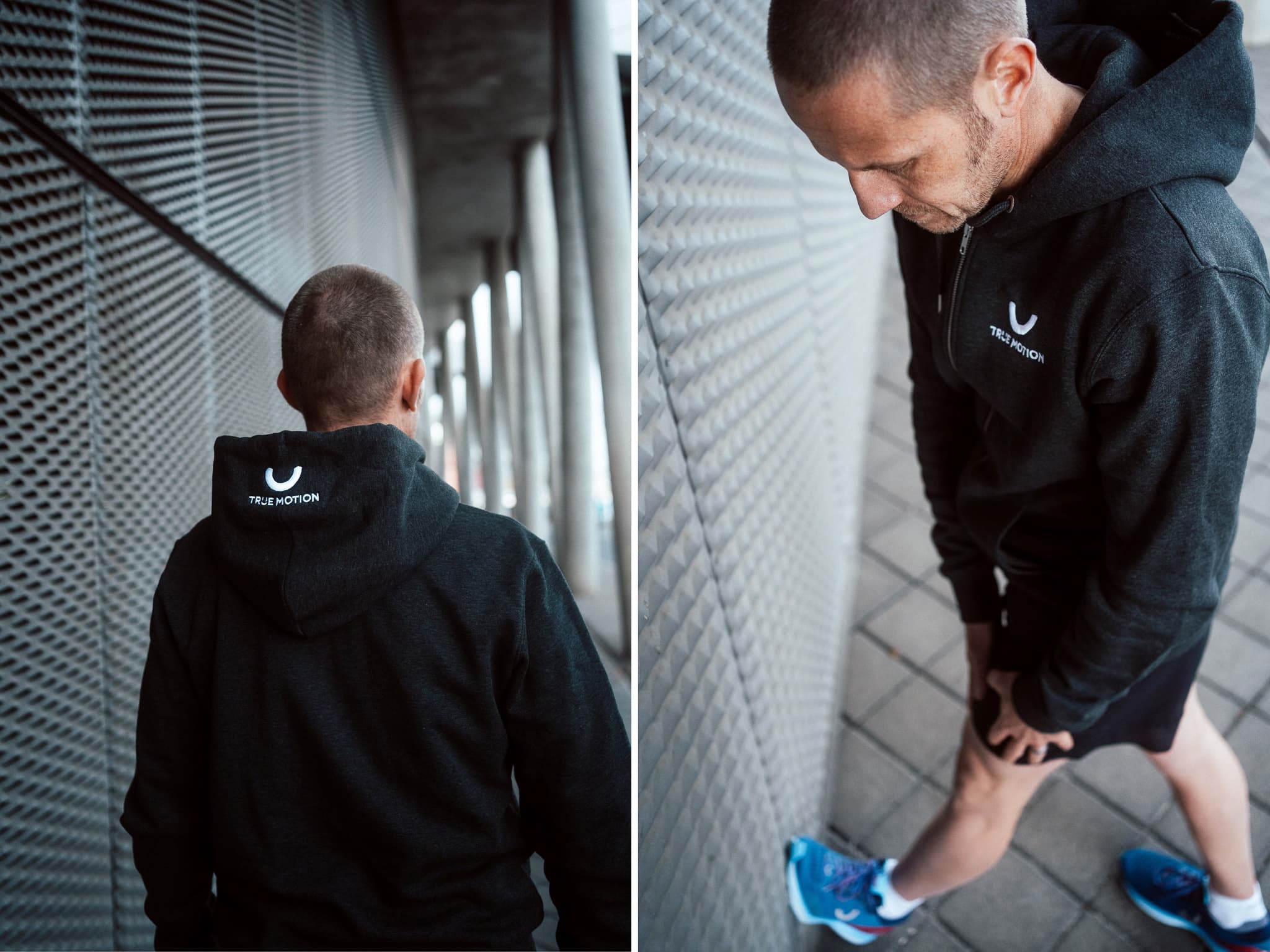
As a result, we disrupt our naturally perfect musculoskeletal system while running. The biomechanical interaction of our body gets out of sync – and in the long run we complain about injuries and pain while running. We also find it difficult to breathe deeply into our stomachs this way. However, this is important to avoid side stitches.
Runners are often unaware that they have an unhealthy running posture. In most cases, it helps if they consciously pay attention to their running technique. This is the first step toward correcting their posture. To reduce posture-related complaints, it can also help to take some time after running to stretch for a few minutes.
How to stretch properly before and after running
How we stretch properly depends on which parts of the body we particularly stress during sports. In running, this is primarily the legs, but also the pelvis, abdomen, and back. In general, regardless of the exercises, we distinguish between static and dynamic stretching.
Static stretching can be divided into three different categories: passive static stretching, active static stretching and contract-hold-relax stretching.
Passive static stretching is probably the most familiar form of stretching. Here we remain in a certain position, for example we stretch the calf of our leg. However, this is not an effective stretch. Therefore, we should use passive static stretching mainly when we want to relax a certain muscle part.
Active static stretching is already more effective compared to passive static stretching. We stretch actively when, while stretching a muscle, we tense its counterpart. The problem is that we may find it difficult to always mobilize the correct counterpart.
In contract-hold-relax stretching, the muscle to be stretched is tensed to the maximum in the first step. We hold this tension for about five to ten seconds – and then relax the affected muscle to the maximum for about three seconds. In the last step, we then stretch this muscle again statically.
Whichever form we choose, in static stretching we put our muscle in a stretching position that we hold for about 30 seconds.
The situation is different with dynamic stretching. We mobilize our muscle – as the term suggests – in a dynamic movement. It works like this: We move our muscle to the desired stretching position and hold it for a short time. Then we move our muscle back to the original position – but only until we just don’t feel any more stretching. We repeat this dynamic movement a few times.
Why the right equipment for running is important even for beginners
Running shoes, socks, and clothing – in addition to proper posture, they are also important to avoid running injuries. This is true not only for professionals, but especially for beginners. We can usually tell which running shoes are right for us personally just by the way they feel when we run. When buying running shoes, we should do one thing above all – listen to our body. There is a simple reason for this.
Nature has created a perfect biomechanical system in human evolution that allows us to run well individually. However, if running shoes interfere with our very personal musculoskeletal system, there is a risk of unhinging it. Biomechanically developed running shoes, on the other hand, support natural movement. This can prevent runners from injuring themselves in the long run.
In addition to the running shoes themselves, we should also wear the right clothes before we set off on our run. Sports or running socks fit snugly, do not slip, and absorb moisture.
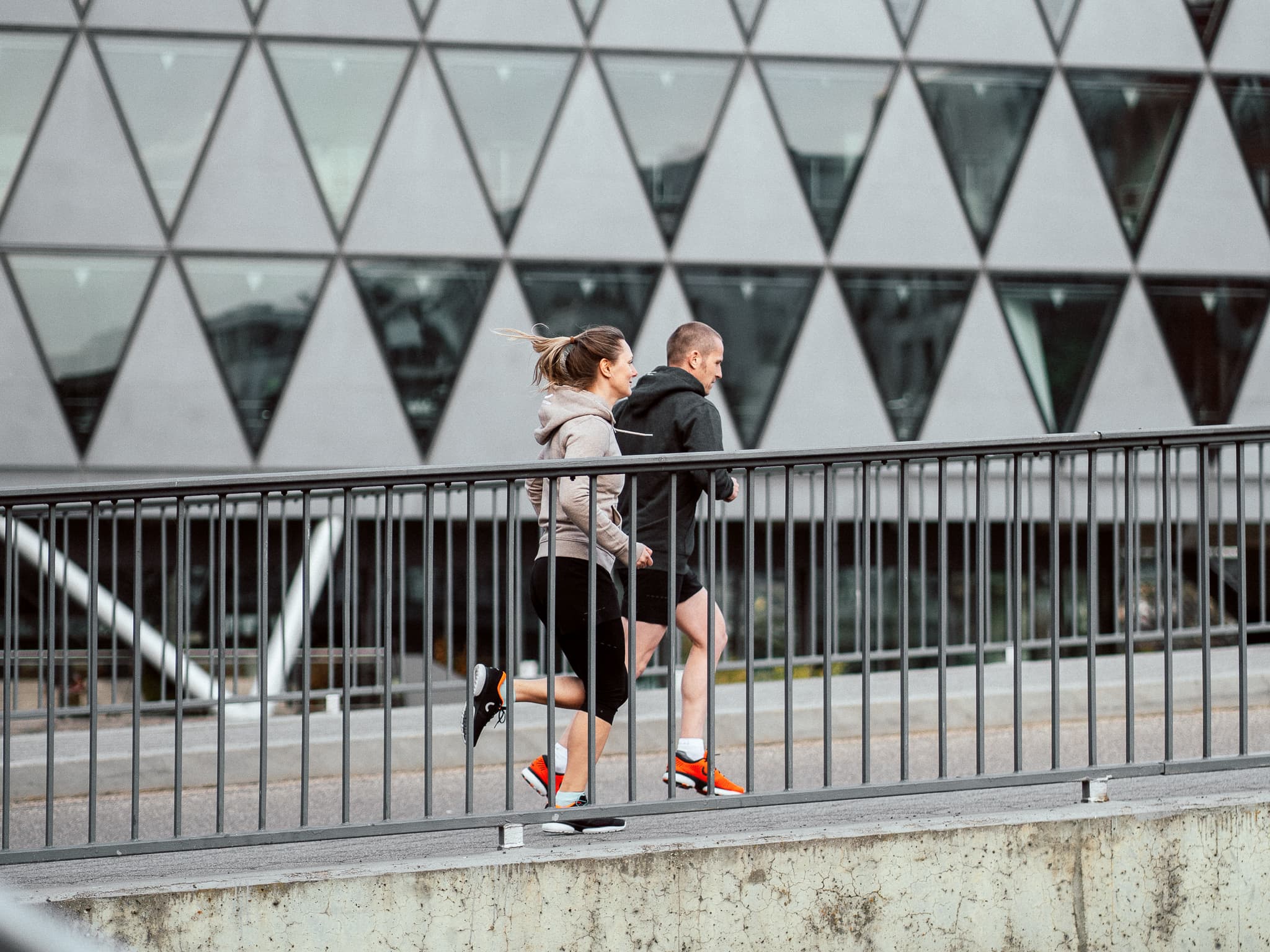
The clothes themselves, on the other hand, should not be too tight. Instead, they should fit comfortably and not constrict our breathing or hinder our steps. If it is very warm outside, so-called breathable fabrics can support the body in a good temperature exchange.
Tips for beginners: Start slowly, increase slowly
Now that we have found our running partners, bought the right running shoes and motivated ourselves, we can start our first run. However, that doesn’t mean we have to start running right away. Fast walking or Nordic walking can also be the perfect introduction for beginning runners.
“The right running gear is important not only for professionals, but especially for those who are just starting to run.”
However, if we want to start running right away, the key is to take our time, start slowly – and schedule breaks after a few minutes. It’s best to alternate running and walking phases. If we listen to our body, we know when we should take a break or even stop for the day.
Between all our running sessions, we must not miss out on rest days. Otherwise, we risk overloading our bodies. We can then use rest days to stretch our strained muscles – or to train our fitness with other exercises. For example, so-called stabilization exercises strengthen our core.
Tips for professionals – a stable body core makes us run more efficiently
The good thing is that a stable core not only helps us improve our posture – it also helps us increase our running performance. When we run, we use not only our legs, but also our upper body. When we run, our upper body rotates in the opposite direction to our lower body, which is called subtle rotation.
The more efficient this subtle rotation is, the more efficient our run will be. Among other things, it influences how fast we can run and how much oxygen we consume. Conversely, if our body core is unstable, this can also have an influence on the stability of the rest of our body.
A training plan for beginning runners
To get started, we can summarize for us beginning runners that the running training should be a little slower and shorter in the first weeks. Therefore, we should create a running plan that neither stifles our motivation nor overburdens us personally. The goal is to slowly increase week by week – this applies to any sport, by the way, and not just to running.
In concrete terms, this means that in the beginning it is best to plan to include one, or better two, rest days in our training schedule between each running session. In addition, it is perfectly sufficient if we only run for about 30 minutes and a few kilometers in the first few weeks.
When we have increased our fitness after some time, we can slowly increase the intensity. We can use the days off during the week, especially to go easy on our heavily loaded legs and to train other parts of the body. So, what are we waiting for – on our marks, get set, go!

NEVER RUN OUT OF
NEWS
Discover all True Motion stories – and be the first to hear about new products, promotions and events. Simply, center your run!
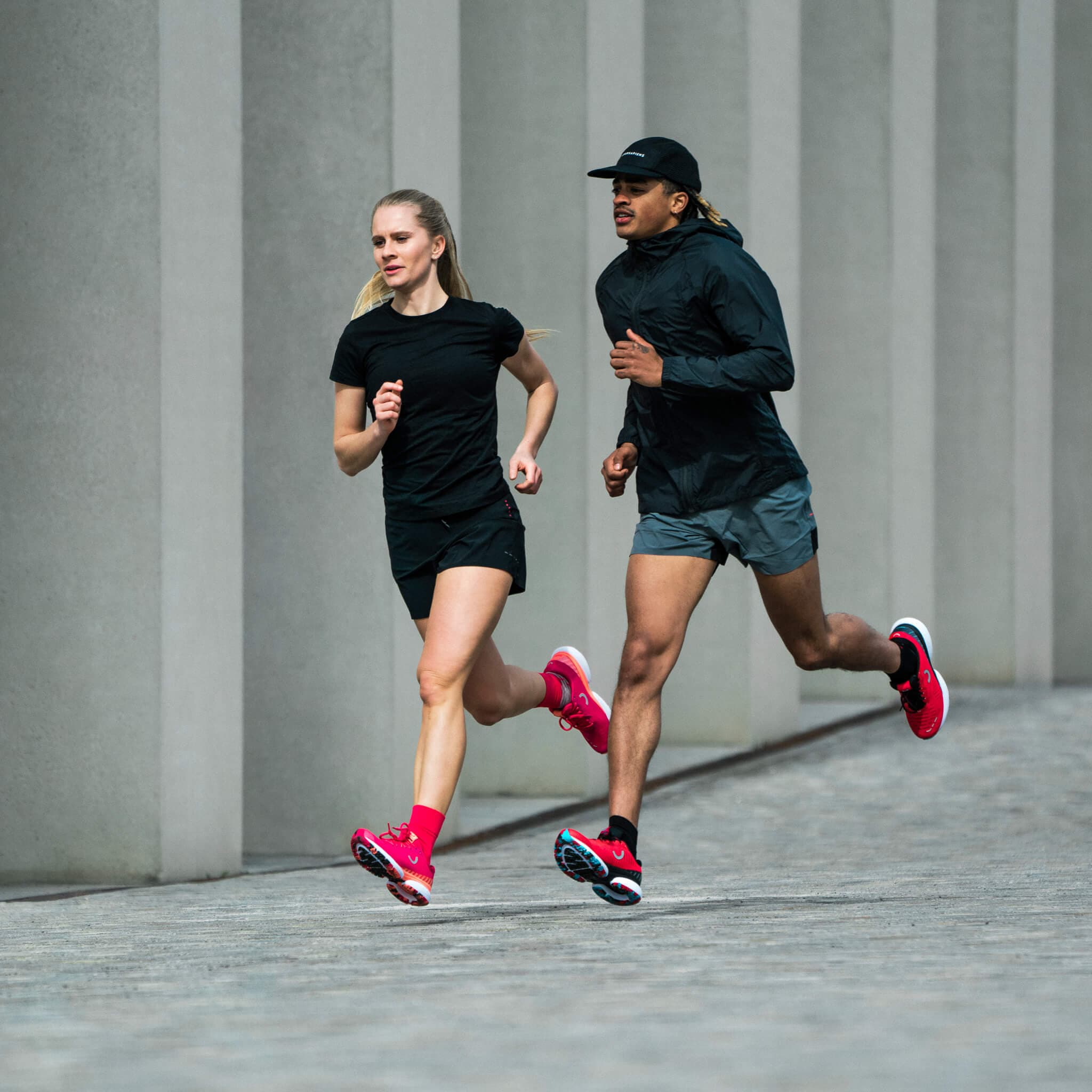
NEVER RUN OUT OF
NEWS
Discover all True Motion stories – and be the first to hear about new products, promotions and events. Simply, center your run!
READ THE NEWEST
U-RUN STORIES
Sabrina Mockenhaupt: This shoe got me running again
2025-10-31

Sabrina Mockenhaupt has achieved everything that many runners dream of. Running was and is her life, until the pain eventually became too much. Today, she is running pain-free again – this is her story.
Laura Schmidt: I have rediscovered running for myself
2025-03-07
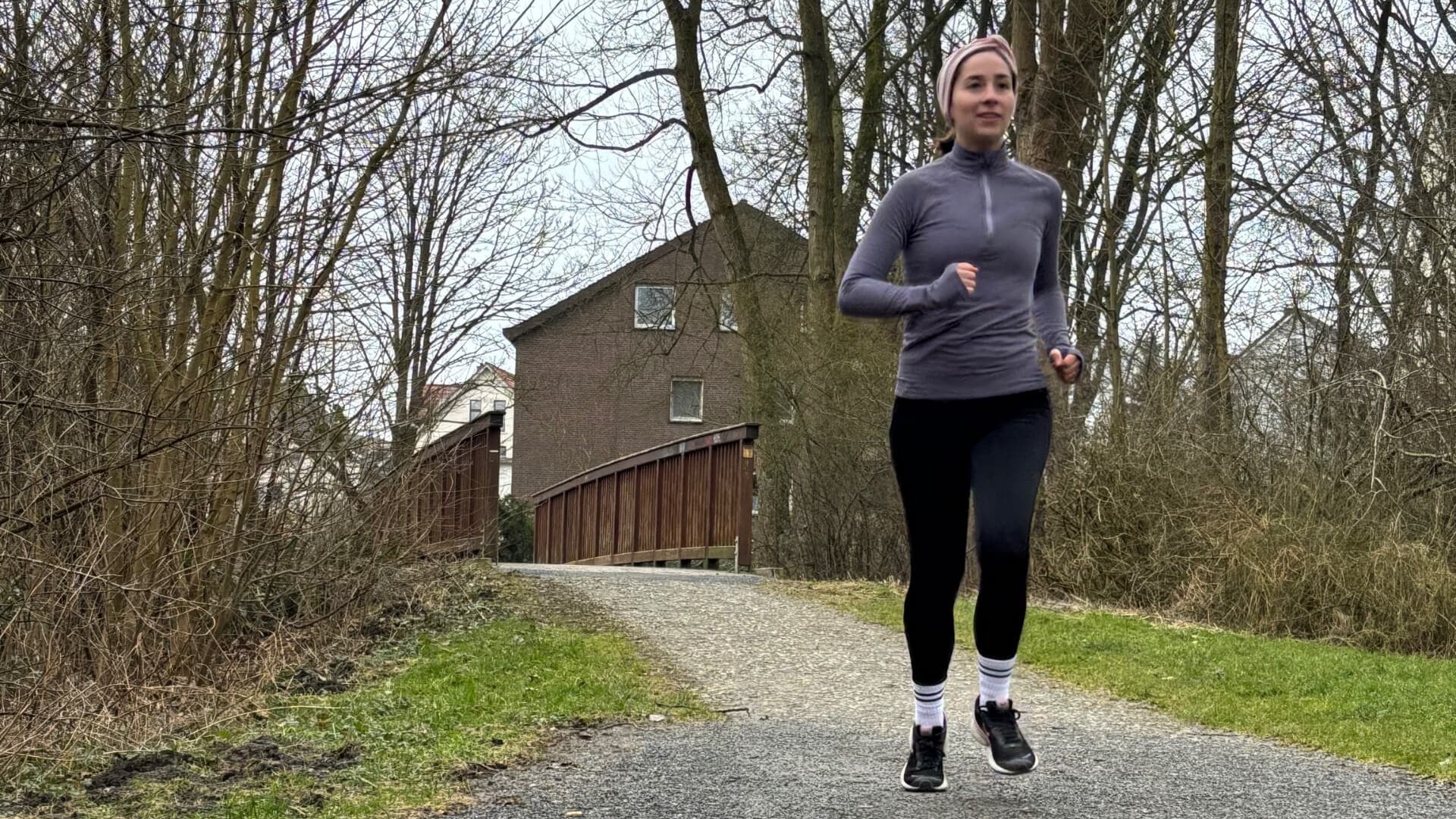
My name is Laura. I started running eight years ago – to clear my head after work. But knee pain kept me from being able to run regularly. A new pair of running shoes was finally the solution. Today I run pain-free. This is my true runner story.
READ THE NEWEST
U-RUN STORIES
Sabrina Mockenhaupt: This shoe got me running again
2025-10-31

Sabrina Mockenhaupt has achieved everything that many runners dream of. Running was and is her life, until the pain eventually became too much. Today, she is running pain-free again – this is her story.
Laura Schmidt: I have rediscovered running for myself
2025-03-07

My name is Laura. I started running eight years ago – to clear my head after work. But knee pain kept me from being able to run regularly. A new pair of running shoes was finally the solution. Today I run pain-free. This is my true runner story.
RECOMMENDED BY








RECOMMENDED BY








GET 10 % OFF YOUR FIRST ORDER!
Get your personal running updates with exclusive discounts, product news, training plans and tips for healthy running - straight to your inbox. 10% discount on your next order.
SERVICE
ABOUT US
© 2025 True Motion Running GmbH

